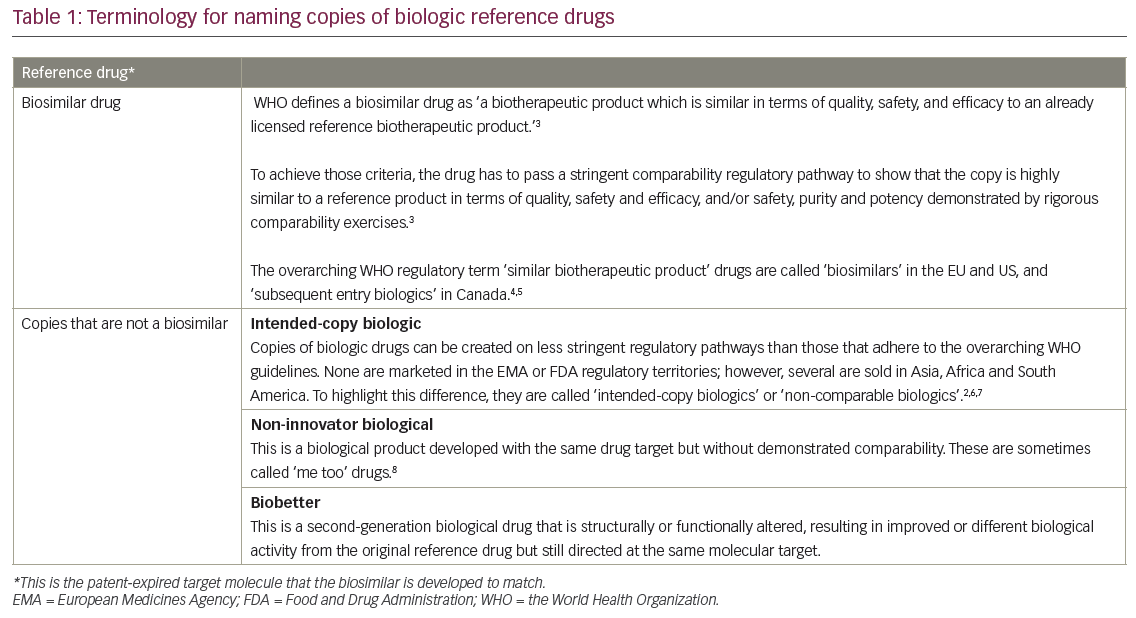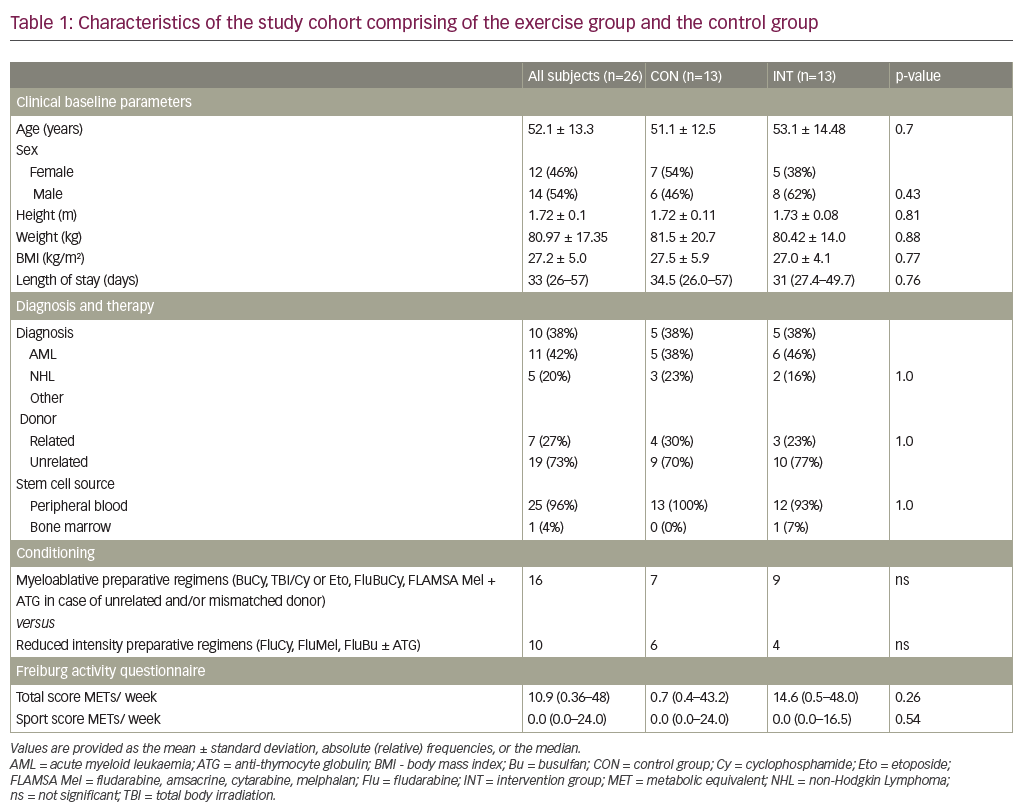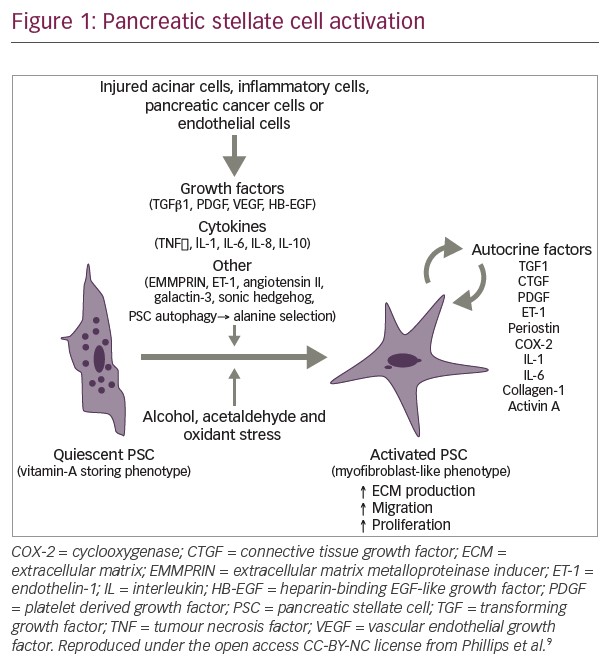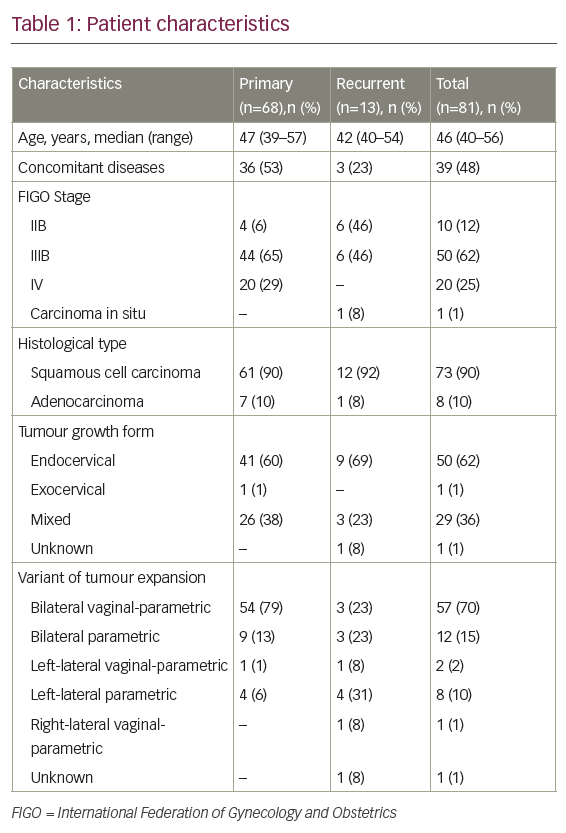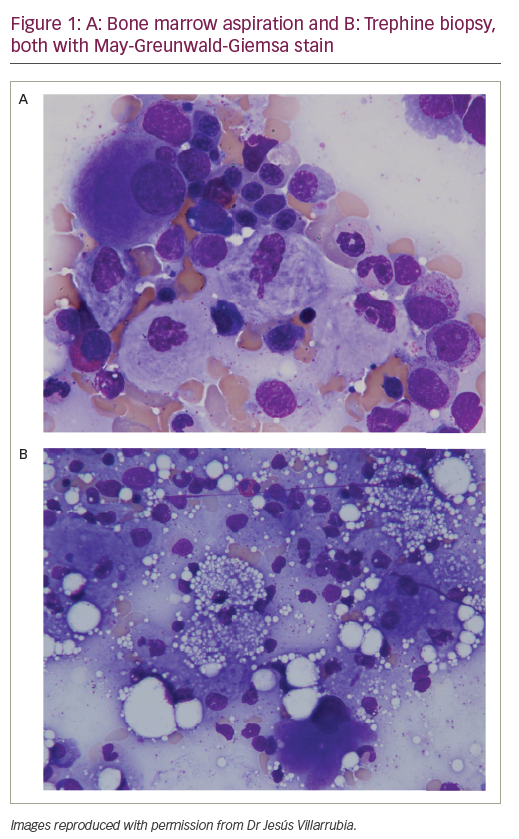EUROPEAN ONCOLOGY & HAEMATOLOGY VOLUME 14 ISSUE 1 – SUMMER 2018
Welcome to the Summer edition of European Oncology & Haematology full of more open access, peer reviewed content from experts across the fields of oncology and haematology.
Opening this edition is an interesting debate between Henrik Van Poppel and Johann S De Bono and colleagues discussing the question “Should we address biochemical recurrence of prostate cancer as soon as possible?”. The theme of prostate cancer continues into our expert interview section, which features a discussion on radiopharmaceuticals in the detection of recurrent prostate cancer with editorial board member Bertrand Tombal, whilst Irene Ghobrial provides insights on new approaches to the treatment of multiple myeloma.
Also included in this edition are topical review around biosimilars in supportive care and the pancreatic cancer microenvironment, along with interesting research in the areas of haematopoietic stem cell transplantation, advanced and recurrent cervical cancer and Gaucher disease type 1.
We hope you enjoy this edition and welcome you to submit your article to our winter edition, which goes to press later this year. Please visit our instructions for authors and submission site for more information.







